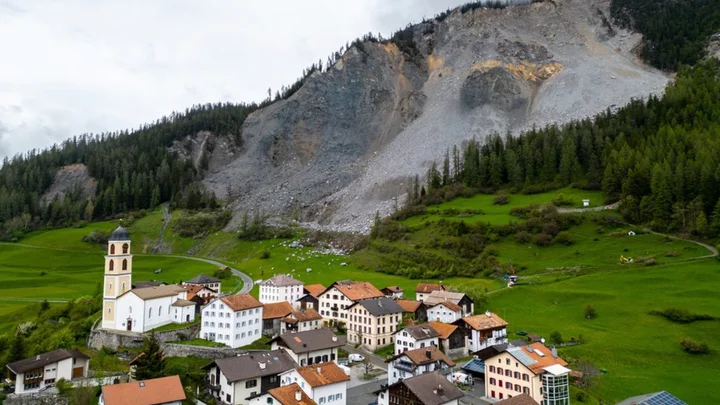Analysis of the remains of a young Medieval girl, who was buried face down with her ankles potentially tied together, suggests extra measures were taken to ensure "she could not 'return' from the grave," archaeologists have said.
The corpse of the 15-year-old was found in a pit at an Early Medieval settlement near the southeastern English village of Conington in the county of Cambridgeshire, according to the Museum of London Archaeology (MOLA).
The excavation took place between 2016 and 2018 and the girl's remains have now been studied.
While Early Medieval England did not have set burial traditions, it was common practice at the time for the body of the deceased to be arranged facing upward, MOLA said in a news release on Monday.
"To be buried face-down is thought to have been a social expression of 'otherness', a burial practice reserved for people considered outside of Early Medieval society," MOLA said. "This includes those who looked or acted differently from the rest of the community, those of low social status, as well as individuals who suffered violent or unexpected deaths."
Osteologists -- bone specialists -- at MOLA found evidence to suggest the girl was of a low social status. They suspect she died suddenly or unexpectedly, as her bones didn't show signs of a long, serious illness.
There was evidence that she suffered from childhood malnutrition and analysis of her spine revealed that she had spinal joint disease, which would have been worsened by her carrying out tough manual labor from a young age, according to the release.
'Almost certainly seen as different'
"This burial provides an interesting, albeit tragic, opportunity to view the realities of life, and death, for those seen as outsiders in the past," said Don Walker, MOLA senior human osteologist, in the release.
"We will probably never know exactly how this young woman was viewed by the community she grew up in, but the way she was buried tells us she was almost certainly seen as different," he continued.
"As well as being buried face down on a boundary, the position of her ankles suggests they may have been tied together. This implies that the community took extra measures to ensure she could not 'return' from the grave," he added.
The placement of the child's body also made the location of her burial seem significant. The girl's body was put in a pit that had previously held a large wooden post for the entry gate of an enclosure, according to the release.
This had similarities with the burial of a woman, face down, also in a settlement's boundary ditch, in the late 8th to 9th century, around 30 miles away from where this case occurred. That woman, thought to have been executed, was missing her arms, head, neck, and part of her spine.
While burial in graveyards associated with churches was not standard practice at the time, borders and boundaries seemed to be used for "significant or unusual" burials in England during that period, according to MOLA.
Radiocarbon dating was used to reveal that the child died between 680 AD and 880 AD, and archaeological work at the site suggests activity at the settlement there ended during the 8th and 9th centuries.









